Everyone knows the Sistine Chapel, Michelangelo’s undisputed masterpiece in Vatican City, painted in the 1500s. However, few are aware that as a young apprentice in Florence, Michelangelo frequently visited and studied another remarkable chapel — one that may have influenced his later works. This is the Brancacci Chapel, a true gem of early Renaissance art. For any art lover or history enthusiast, visiting this masterpiece is an essential step in understanding the origins of the Renaissance.

Where to Find the Brancacci Chapel
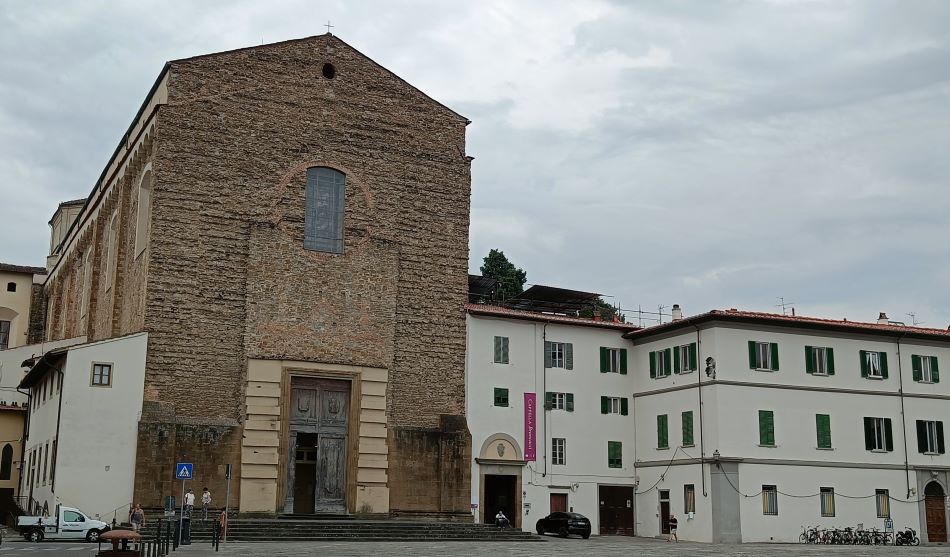
Nestled within the Church of Santa Maria del Carmine, the Brancacci Chapel is located in the San Frediano district of Florence, in the Oltrarno area. South of the Arno River, this neighborhood is renowned today for its artisan workshops and authentic Florentine charm.
In medieval times, however, this part of the city was one of its poorest, known as “Borgo Pitiglioso” (meaning “lousy village”). It was primarily a working-class district, home to textile dyeing workshops that fueled Florence’s economic rise. The Brancacci family, modest textile entrepreneurs, gained wealth and prestige in the 14th century and acquired the patronage of a chapel in their neighborhood church.
Pietro Brancacci dedicated the chapel to his patron saint, St. Peter, and his grandson, Felice, commissioned its decoration with frescoes depicting the saint’s life. The task was entrusted to two artists: Masolino and the young Masaccio.
Masolino and Masaccio: The Unlikely Duo
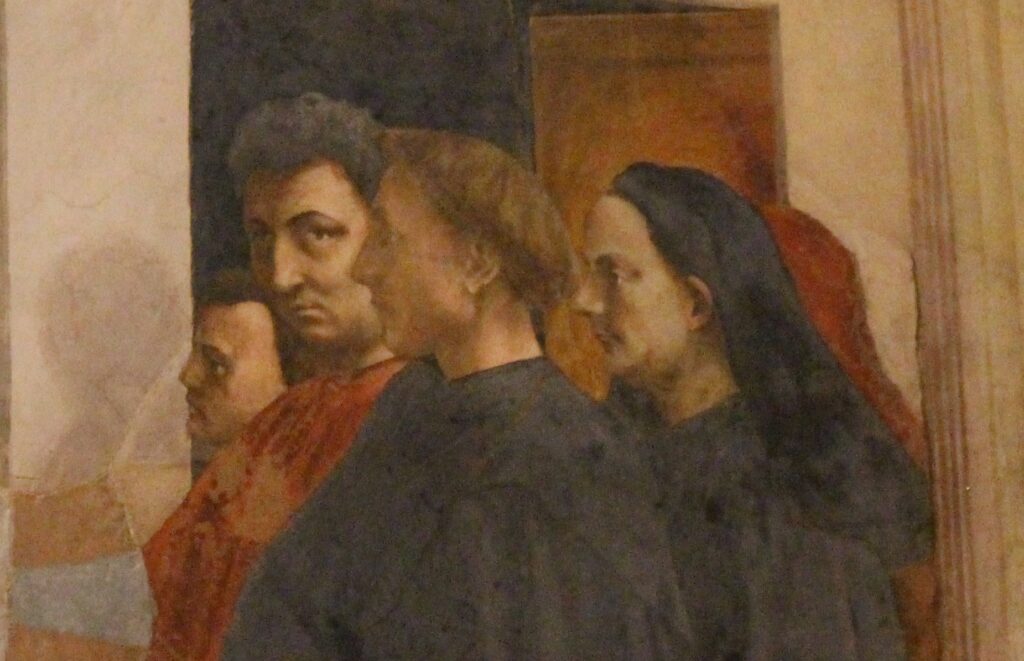
The two artists could not have been more different. Masolino, already in his forties at the time, was an established artist with a refined yet somewhat traditional style, still rooted in the late Gothic period. His work is characterized by delicate details and a slightly naive quality.
Masaccio, on the other hand, was a revolutionary. His nickname, derived from “Tommasaccio” (a variation of his real name, Tommaso), was explained by the Renaissance biographer Giorgio Vasari as a reference not to vice but to his complete disregard for his appearance. Masaccio was entirely devoted to art and innovation. He was deeply influenced by the groundbreaking techniques of Donatello and Brunelleschi, particularly their mastery of perspective, which he applied with stunning effect in the Brancacci frescoes.
A Tale of Two Artists and a Shift in Artistic Vision
To appreciate the stark contrast between these two painters, compare their respective frescoes in the chapel. Masolino’s Temptation of Adam and Eve presents an ethereal, almost dreamlike scene, where the figures appear weightless and untouched by their impending fate. Masaccio’s Expulsion from the Garden of Eden, by contrast, is raw and emotional—Adam and Eve are devastated, their bodies wracked with sorrow as they are cast out into a barren, shadowed landscape.
This shift in artistic approach marks the transition from medieval to Renaissance art, with Masaccio introducing a new sense of realism, depth, and human emotion.


A Chapel with a Tumultuous History
Despite its artistic brilliance, the Brancacci Chapel’s history is one of interruptions and unfinished work. The Brancacci family was exiled from Florence for several decades, leading to a halt in funding. Masolino left for Hungary, and Masaccio moved to Rome, where he died mysteriously at just 26 years old. His sudden passing was considered a great loss—Brunelleschi himself lamented, “In Masaccio, we have suffered a tremendous loss.”
The chapel remained incomplete until the late 1400s when the work was finally finished by Filippino Lippi. Later, in the 18th century, a new dome was constructed over the chapel, destroying some of Masolino’s original frescoes.
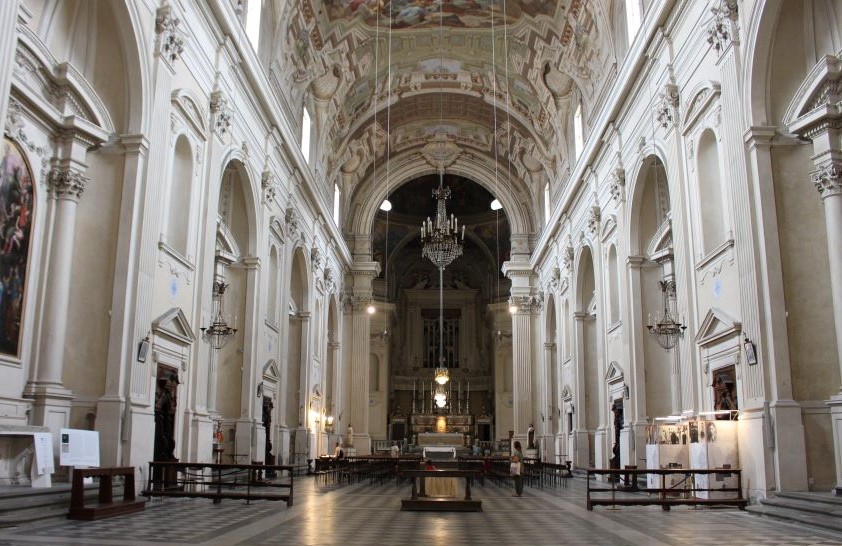
Amazingly, the Brancacci Chapel narrowly escaped destruction in 1771 when a fire devastated much of the Church of Santa Maria del Carmine. While the chapel suffered some smoke damage, its frescoes survived.
The Restoration of the Brancacci Chapel
For centuries, Masaccio’s frescoes were believed to have been painted in dark, earthy tones. However, a major restoration project from 1981 to 1990 revealed their true colors, removing layers of grime, soot, and overpainting. The transformation was astonishing, bringing Masaccio’s vibrant hues and masterful shading back to life.
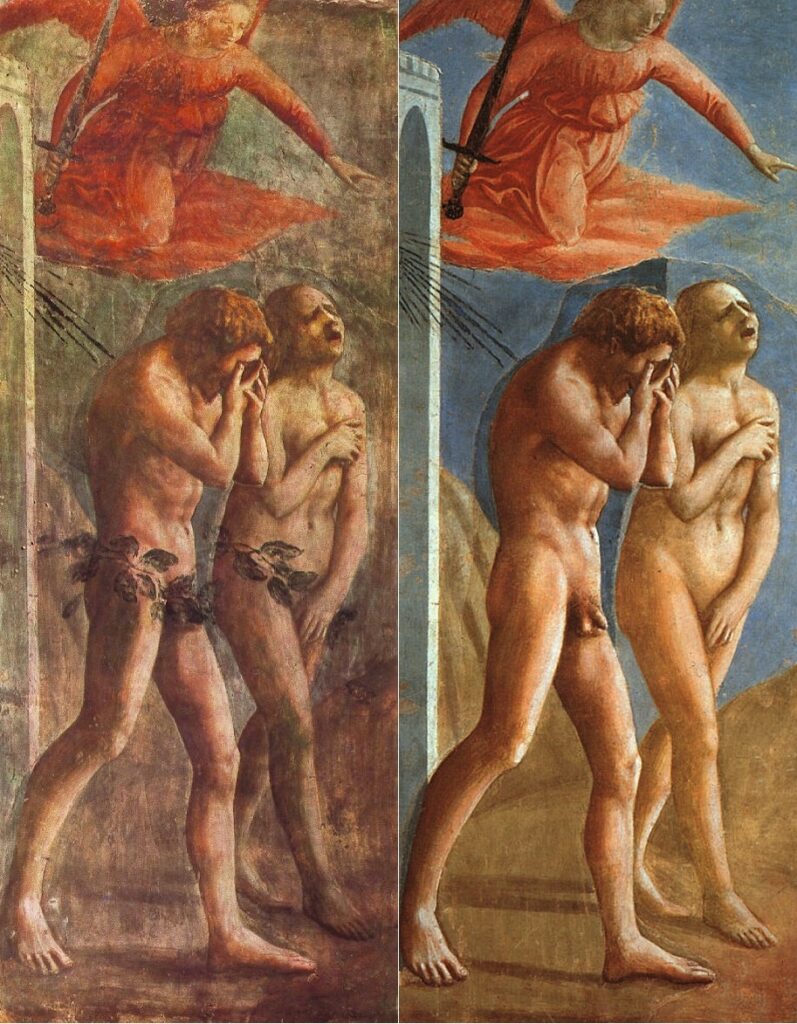
Most recently, the chapel underwent a four-year monitoring period, reopening in May 2024. Future restorations may be necessary, making now the perfect time to experience this breathtaking masterpiece in all its glory.
How to Visit the Brancacci Chapel
The Brancacci Chapel is located in Piazza del Carmine, but visitors should note that entry is not through the church itself. Instead, access is via a side door to the right of the church’s facade, leading to a cloister where the ticket office is located.
Opening hours:
- Monday, Wednesday–Saturday: 10:00 AM – 5:00 PM
- Sunday: 1:00 PM – 5:00 PM
- Closed on Tuesdays
Due to the chapel’s small size, entry is limited, and visits are restricted to 30-minute slots. Reservations are highly recommended to secure your spot, as tickets can sell out quickly. Arriving 10 minutes before your scheduled time is advised, as late arrivals risk missing their entry. While waiting, visitors can enjoy an introductory video in the adjacent hall.
Here is the link to purchase tickets on the official website of the Florence Civic Museums:
🔗 Buy tickets for the Brancacci Chapel
Note: Tickets for the Brancacci Chapel are available for purchase only three weeks before the visit date, so be sure to check in time to secure your entry!
Enhance Your Visit
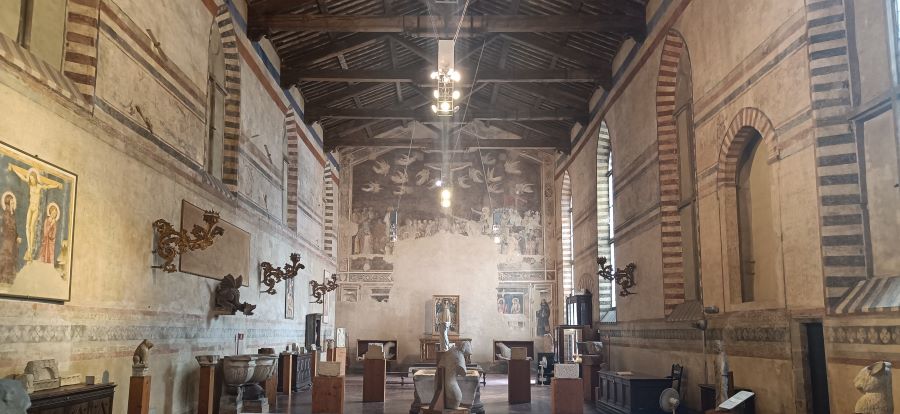
The Brancacci Chapel is often included in guided tours alongside the Basilica of Santa Maria Novella. Alternatively, given its location in the Oltrarno district, you might also explore Florence’s artisan workshops, which still preserve centuries-old craftsmanship.
For those visiting on a Saturday, Sunday, or Monday, admission also includes access to the Salvatore Romano Foundation, housed in the former refectory of the nearby Santo Spirito Church. This small yet fascinating collection features medieval and Renaissance sculptures, including works by Jacopo della Quercia and Donatello, as well as a stunning Last Supper fresco by Orcagna.
Don’t Miss This Renaissance Treasure
The Brancacci Chapel is one of Florence’s most extraordinary artistic landmarks, offering a rare glimpse into the transition from medieval to Renaissance art. With its recent reopening, now is the perfect time to witness Masaccio’s pioneering genius and immerse yourself in one of the city’s true hidden gems. Book your visit today and step into the world that inspired Michelangelo himself!